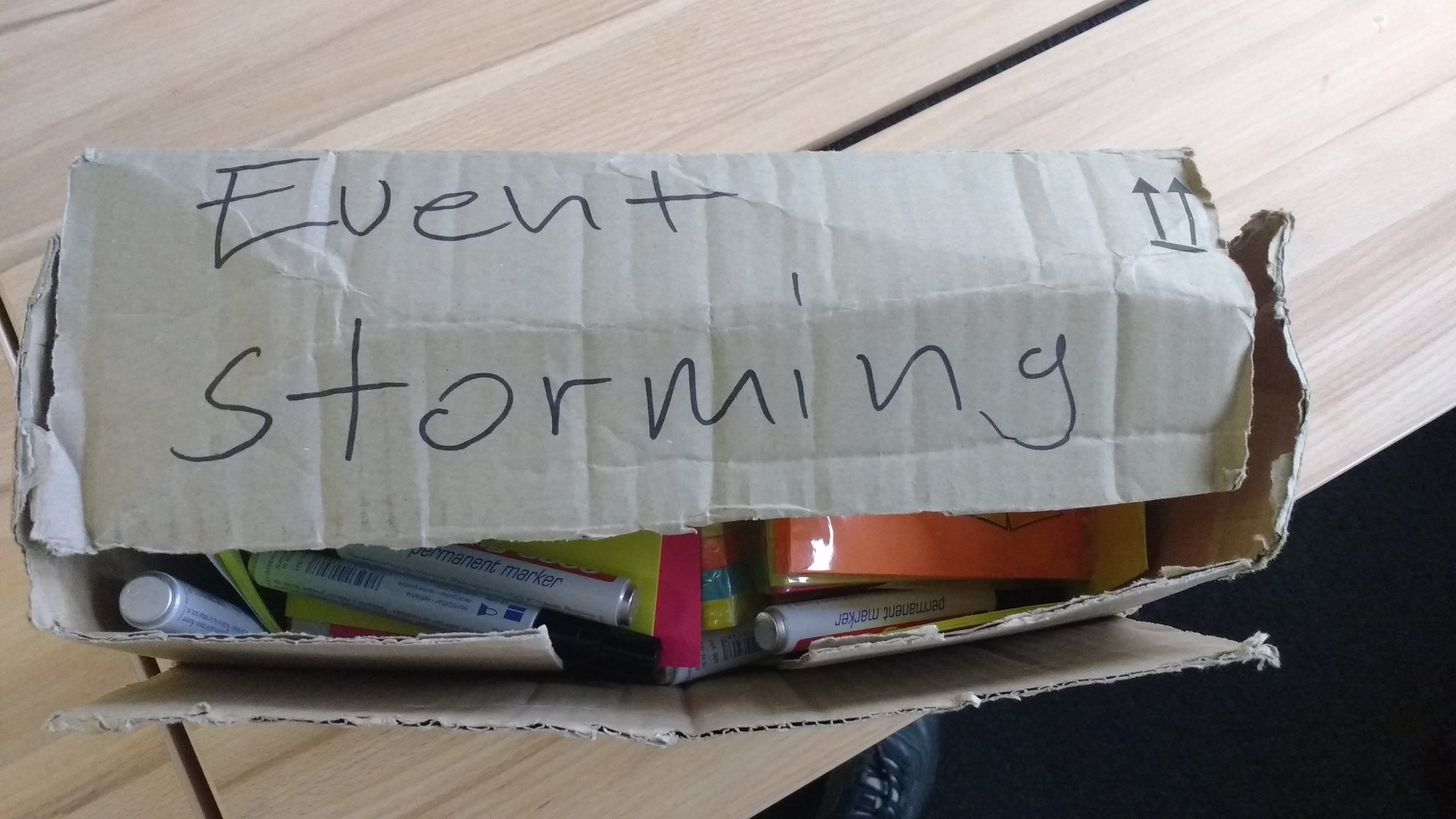Domain-Driven Organisation Design
Who are we?
Multinational long-distance bus transportation provider
60 million passengers since 2012, 20 million in 2015 alone
1000 destinations in 20 countries
100.000 connections per day
Proud sponsors of #DDDEU
Company X failed to adapt
A random business news outlet
Complexity theory and organization studies find some common ground in the concept of adaptation to change
Henry J. Coleman, Jr.
Can we derive some core principles to create organisations that inhibit the "Adaptivity" property from complexity theory?
Organisations are
Complex Adaptive Systems
People
What is our organisation?
Processes
Technology
A system of...

https://en.wikipedia.org/wiki/Shoaling_and_schooling#/media/File:Large_fish_school.png
Copyright: OpenStax College - License: https://creativecommons.org/licenses/by-sa/3.0/
Characteristics of a
successful CAS
1.) Self-Organising
2.) Emergent
3.) Non-Linear
4.) Order/Chaos Dynamics
A modern organisation design must facilitate or respect these four defining characteristics in order to be successful.
Premise
1.) Self-Organisation
2.) Emergence
3.) Non-Linearity
4.) Order/Chaos Dynamics
Autonomy is key to enabling self-organizing behaviour.
Autonomy without direction will eventually drive any complex system into chaos
An attractor is a point within a system that drives agents close to it into a stable state.
Not being eaten by a shark
For individuals attractors constitute the supervening goals of meaning and moral.
Susan David - "Beyond Goals - Effective Strategies For Coaching And Mentoring"
There is a multitude of attractors that influence agents' behaviour.
So initiating a change project deals with changes in the individual's cognitive attractors; the anchors in their belief system.
Change agents
Influence
Individual
Change Agent
Change Agents influence attractors while the individual agent makes its own choice of changing the behaviour.
A cognitive attractor that drives unwanted behaviour
Invest into Change agents!
Empathy
Context Switching
Knowledgable
They provide the activation energy to start the reaction within the system affecting other agents who themselves become change agents!
Challenging
Organisational Identity
Shared Vision
Agents must understand how each action in their context contributes to the organisation's goals and values.
Aligning Identity
This must be an intrinsic effect and cannot be done by just reading some documents.
Goal
Goal
Goal
Outcome
Outcome
Mission
Vision
Values
Each agent always knows how much value it delivered on every level.
Value
Value
Value
Value
OKRs are one way!
At FlixBus we are currently implementing an OKR framework that tracks each contribution for any employee that is visible at any time.
It also allows agents to interact with other agents on any goal or outcome.
Types of change agents at FlixBus
People Managers (People)
Agile Coaches (Processes)
Product/Outcome Owners (Purpose & Identity)
1.) Self-Organisation
2.) Emergence
3.) Non-Linearity
4.) Order/Chaos Dynamics
Sophisticated behaviour can result from simple interactions of simple things.
Organizational emergence is not simply organizational change. It is continuous social and technological re-construction.
Experimentation
and Value Potential
Ability to form new organisational structures independently with minimal friction
Experiments and value potential exploration need to be part of every day activities
Create and share new goals and outcomes and manipulate global values from results of experimentation
1.) Self-Organisation
2.) Emergence
3.) Non-Linearity
4.) Order/Chaos Dynamics
Predictability in Complex Adaptive Systems is limited to global patterns rather than the chaotic local details.
Value as the global pattern
In order to succeed we need to understand how our system is actually producing value!
Understand your different
Value Streams!
Operational Value Streams
People who interact with the system to achieve their goals.
Development Value Streams
People who build the system.
Temporal sequence of events required to design, produce, and provide a valuable outcome, and along which information, materials, and worth flows.
Wait! Temporal? Events?
Value Stream Event Model


Value Stream Event Model!
Event Storming a value stream. Event Storming an app design, Event Storming a legacy codebase.
#EventStorm All The Things!
Dan North
Network
Planning
Context
Ride
Inventory
Context
Pricing
Context
Schedule was
published
Ride was
validated
Pricing Strategy attached
Idea for
new line
Team A
Team B
Team C
GoLive Community
An example!
Getting a new Schedule available for the customer
1.) Self-Organisation
2.) Emergence
3.) Non-Linearity
4.) Order/Chaos Dynamics
Cynefin Framework
Missing Topics
Nested Systems (Team Dynamics)
Measuring Value/Realized Potential
Summary
Initiate the change reaction by introducing change agents into the system
Let agents create their own identity aligned with the organisation's goals and values by making the agent's value generation traceable and visible at all levels
Govern for value and potential exploration/realisation over predictability and plans and have a simple and easy process for new organisational structures to emerge as a response to these activities